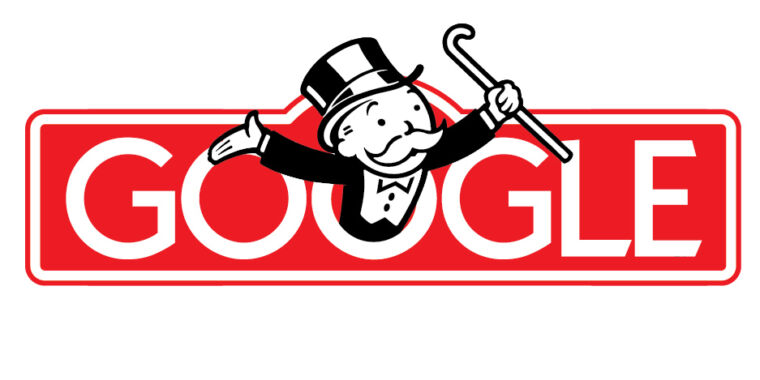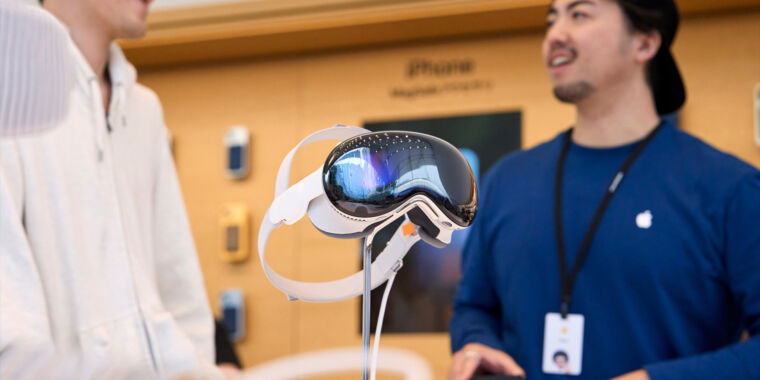Google’s 36% search revenue share with Apple is 3x what Android OEMs get
Ron Amadeo / Hasbro
The biggest slip-up of the Department of Justice’s Google search monopoly trial was the reveal that Google pays Apple 36 percent of Safari search revenue to remain the default search engine. Google stated it didn’t want that number getting out because it “would unreasonably undermine Google’s competitive standing in relation to both competitors and other counterparties.” Google attorney John Schmidtlein apparently “visibly cringed” when the number was revealed by its witness (it was later confirmed by Google CEO Sundar Pichai) because Google knows it now has a mess on its hands.
Many of those “competitors and other counterparties” Google is worried about are Android manufacturers. They all get paid some amount of search revenue share, but seeing the huge amount Apple gets paid has probably ruffled some feathers.
How much more does Google pay for an Apple user than an Android one? A lot. It was recently revealed in the Epic v. Google trial (Google has a few monopoly lawsuits going on) that the highest tier of search revenue share for cooperative Android OEMs is only 12 percent, a third of what Google pays Apple. In terms of total cash amount, it’s reasonable to assume Apple gets more total money than many smaller companies but to see the direct breakdown that each Apple user is worth three times more than an Android user is a new insight.
A big part of the differing payment rates probably has to do with how threatened Google feels by each company. Apple has already proven that it has the power to dump an established Google service and go off on its own. A prime example is Apple Maps, which replaced Google Maps as a default iOS app and, according to testimony from Google VP of Finance, Michael Roszak, tanked Google Maps mobile traffic by 60 percent when it launched. Roszak said that Google uses the Apple Maps launch as “a datapoint” when estimating how an Apple search switch would go. No one on the Android side has this kind of power. There’s also the consideration that Apple users are generally more affluent than Android users, making them more desirable ad clickers.
On Android, Google has differing tiers of payments depending on how Google-y your phone is. As revealed in documents from Epic v. Google, Android’s “Premier Device Program” offers 12 percent search revenue to devices with “Google exclusivity and defaults for all key functions” and no rival app stores. The big participants in this program are/were Motorola, LG, and HMD, which had at least 98 percent of their devices qualify. Other brands like Xiaomi, Sony, Sharp, and BBK (that’s OnePlus, Oppo, and Vivo) were at 70 percent.
Android partners don’t just get search revenue; they also get a cut of Google Play app sales and ads run on their devices. In the case of Motorola and LG, they were getting another 3–6 percent of Play Store spending.
Notably absent from that list is Samsung, which, as the biggest Android OEM, has its own deal with Google. The only insight we have into Samsung’s payment rates is a bulk-sum total, like that Samsung was paid $8 billion over four years to keep Google Play as the default store. We’re unsure how that was calculated, but Apple gets an $18 billion-a-year lump sum payment plus the 36 percent revenue share. Samsung has threatened to switch from Google Search to Bing, though whether that was for real or just a negotiating tactic is something only Samsung knows.
Pichai recently justified the huge payment gap by saying that Google has to share Android revenue with carriers, too, but that’s not true in Apple’s case.
Now that the cat is out of the bag, the next round of Android contract negotiations will surely be contentious.














Post Comment